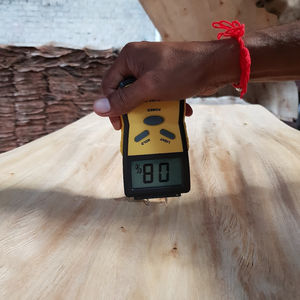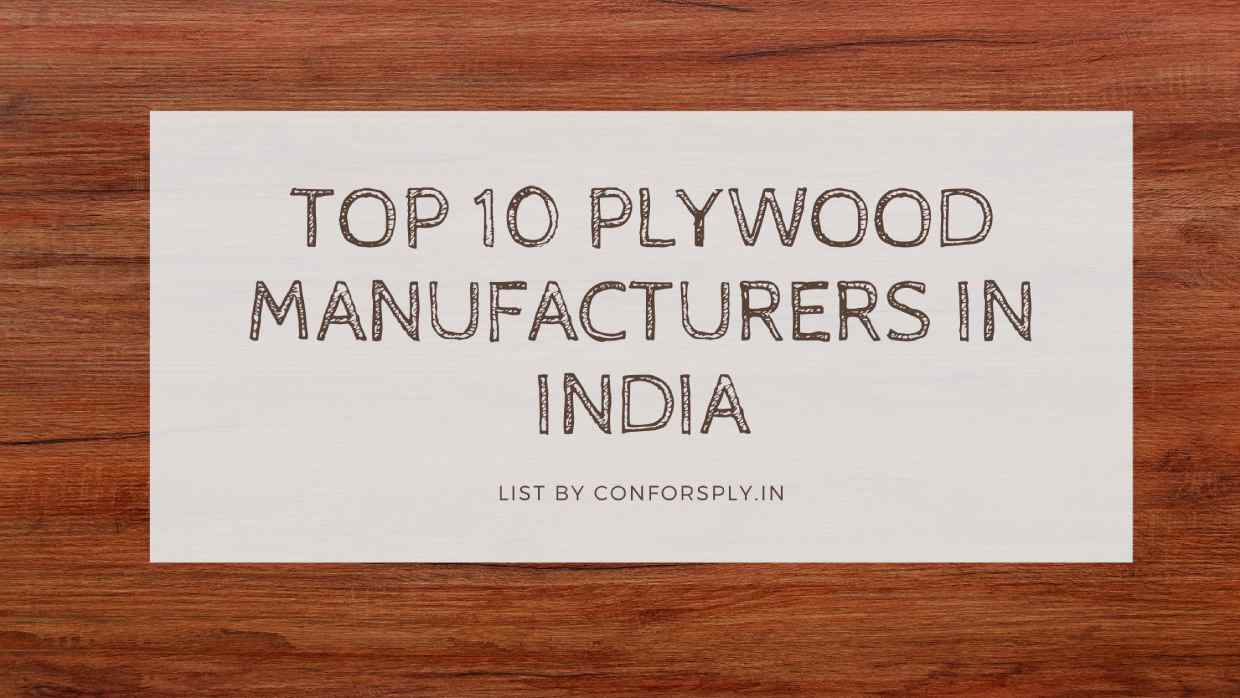Wood is a hygroscopic material and has ability to exchange its moisture content with air. Many mechanical properties are affected by changes in moisture content. It is an important parameter of quality which is often overlooked by plywood manufacturers.
The exchange of moisture depends upon the relative humidity and temperature of air and on the amount of water present in the wood. This relation has great influence on the properties and quality of manufactured plywood.
The Bureau of Indian Standards (BIS) recommends a moisture content of 5% – 15% by weight for plywood. Moisture content above or below this range can have adverse effects on the manufactured products and the environment.
Below mentioned are some of the factors which are affected due to changes in moisture content –
Glue consumption
Drying is a process used in plywood industry to reduce the moisture content of core veneers. It is an important process which requires constant supervision as it effects the quality of plywood directly. Companies in general doesn’t lay much emphasis on this process and usually dry the veneers for a longer duration resulting in a situation called surface inactivation or case hardening. It is a situation in which all the moisture from molecular level of wood evaporates leaving the cell walls inactivated. This inactivation has a lot of effect on the glue consumption of veneer.
Glue comprises of around 50% solid content and 50% moisture. When the inactivated veneer comes in contact with this glue, it absorbs a lot of moisture from the glue resulting in lower flow time. Due to this, higher volume of glue is absorbed by the veneers. This results in overall increase in price of plywood.
If the moisture content is optimal then the cell walls of veneers are not inactivated and comprise of some moisture. This results in better flow time for the glue and hence lower consumption.
Mechanical Properties
Mechanical properties like bending strength, shear strength and modulus of elasticity are important parameters of plywood quality. These parameters ensure prolonged usage of plywood without failure.
There has been research that the value of these properties is inversely proportional to the moisture content of veneers. More the moisture content, lesser the strength.


Thickness Variation
Thickness variation is the maximum thickness difference observed at different points on the plywood. A plywood properties with less thickness variation is considered to be of good quality.
Drying of core veneers play an important part in controlling the variations in plywood thickness. When a veneer is dried, it starts to lose moisture and shrinks as a result. Prolonged drying leads to wavy veneers. These wavy veneers and crossbands when pressed in the hot press start to straighten which leads to gaps and overlaps in plywood. These gaps and overlaps lead to thickness variations.

Visual Defects
Failing to control the moisture content can also lead to visual defects in plywood. Some of the visual defects can be as follows –
Air pockets
Air pockets are bumps and cracks on face veneer caused by the release of vapours from core veneers. These are caused when the moisture content of veneers is high. The moisture in veneers starts to evaporate when hot pressed in the form of vapours. These vapours get trapped between core and face veneers which lead to air pockets and cracks.

Face cracking
Face cracking usually occurs due to high moisture content of face veneer. When the moist face veneer is hot pressed it starts losing moisture and starts contracting rapidly. This causes it to crack at places.

All these factors highlight the importance of moisture content in plywood manufacturing.
Utmost importance to moisture content is given during manufacturing of Confors plywood products. The products are made with best quality raw materials and quality standards are maintained at each point of manufacturing process.
Call now for the best quality products.
Website – www.conforsply.in
Contact – +91-9315127253
Email – conforsply@gmail.com
References
Ismail Aydin, Gursel Colakoglu, Semra Colak, Cenk Demirkir, Effects of moisture content on formaldehyde emission and mechanical properties of plywood, Building and Environment, Volume 41, Issue 10, 2006, Pages 1311-1316, ISSN 0360-1323, https://doi.org/10.1016/j.buildenv.2005.05.011. (http://www.sciencedirect.com/science/article/pii/S0360132305001915)
Bureau of Indian Standards. (1993). Permissible Moisture Content For Timber Used For Different Purposes – Recommendations (IS 287). Retrieved from







